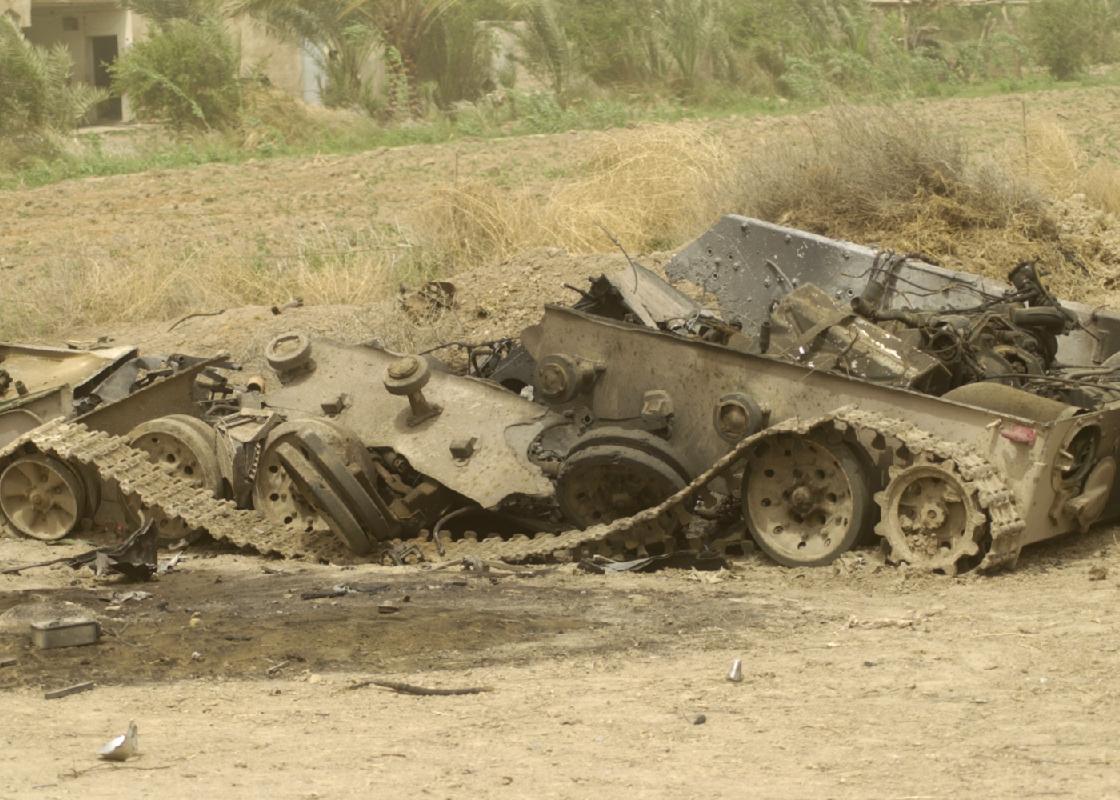
| |
| A picture from the southern tip of Guam. | A little cove where we went scuba diving. |

| 
|
| My department while we were in Kuwait. | The 30 acre parking apron we built. |

| 
|
| How the pad was built, 1000 cubic yards a day. | ...And a lot of hard work. |

| 
|
| Doing some training in full combat gear. | Blowing off some steam. |

| 
|
| One of the many false gas attack alarms. | A full bunker drill. |

| 
|
| The crew of my HMMWV. Me, second from left. | A picture of our convoy in Iraq. |

| 
|
| Me keeping the camp safe. | Trying to pitch a tent in the sand storm. |

| 
|
| A troop recovering his tent from the wind. | Moving out at night. |

| 
|
| Sheep in camp. | Putting our bridge together, 24 hrs a day. |

| 
|
| Our bridge ready to be pushed out in the background. | Providing our own security. |

| 
|
| Getting ready to leave. | Loading our convoy in a sandstorm. |

| 
|
| Unpacking at night. | Sheet piles on the Sadam Canal. |

| 
|
| Repairing a pipe to get the water running. | Babylonian ruins from one of Sadam's palaces. |

| 
|
| One of our troops getting a kiss. | Helping an injured boy in An Numiniyah. |

| 
|
| A blown-up Iraqi tank that we took to the dump. | One of our guys playing soccer after we fixed a generator. Notice the kid has no shoes. |

| 
|
| How I slept. | Taking a weekly bottle shower. |

| 
|
| Sand got in your eyes, a lot. | Doing laundry in his helmet. |

| 
|
| Our luxury bathrooms being built. | A typical camp layout. |

| 
|
| On our way out. | Home sweat home. |